The Endlicheri Bichir is one of the largest and most striking members of the Polypteridae family, also known as “dinosaur eels” due to their primitive features. Native to the freshwaters of West and Central Africa, this species is prized by experienced aquarists for its prehistoric look, hardy nature, and calm demeanor. It is a subspecies of Polypterus endlicheri, distinguished by its broad head, powerful body, and bold markings.
🔍 Appearance:
-
Color: Cream to light yellow or tan body with bold dark brown to black vertical bands across the sides.
-
Head: Wide and flattened with a blunt snout and strong lower jaw.
-
Body Shape: Thick, muscular, and elongated with bony, armor-like ganoid scales.
-
Dorsal Finlets: 9 to 15 spiny, segmented finlets running along the back, giving it a dragon-like appearance.
-
Size: Can grow up to 75–90 cm (30–36 inches) in captivity under ideal conditions.
🌊 Natural Habitat & Behavior:
-
Distribution: Found in the Nile, Chad, Niger, Volta, and other river systems in Africa.
-
Habitat: Slow-moving, warm waters with soft, muddy or sandy substrates.
-
Behavior:
-
Nocturnal and bottom-dwelling.
-
Peaceful with similar-sized fish, but will eat anything small enough to fit in its mouth.
-
Has a labyrinth-like organ (modified swim bladder) that allows it to breathe atmospheric air.
-
🍽️ Diet:
-
Carnivorous:
-
Prefers live and frozen foods like shrimp, worms, fish fillets, and insects.
-
Can be trained to accept sinking carnivore pellets.
-
Has poor eyesight—relies on smell and vibration to locate food.
-
🛠️ Tank Requirements:
-
Minimum Tank Size: 300+ liters (80+ gallons) for juveniles; much larger needed for adults.
-
Water Temperature: 25–30°C (77–86°F)
-
pH Range: 6.5–7.8
-
Substrate: Soft sand or smooth gravel to prevent injury.
-
Decor: Driftwood, rocks, and caves for hiding; avoid sharp decor.
-
Filtration: Moderate flow with high oxygenation; strong biological filtration is essential.
-
Lid: Must be tightly sealed—Endlicheris can jump and are capable of escaping.
⚠️ Care Tips:
-
Tankmates: Should only be housed with large, peaceful species. Avoid aggressive fish or small fish that may be seen as food.
-
Water Quality: Hardy, but requires clean, stable water. Regular maintenance is key.
-
Behavior: Can be shy when first introduced but becomes bolder over time.

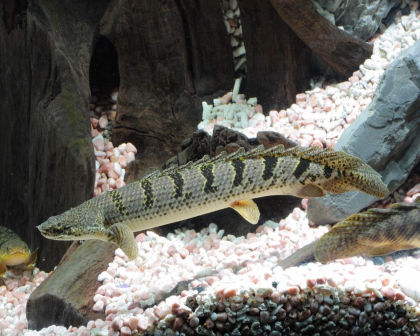
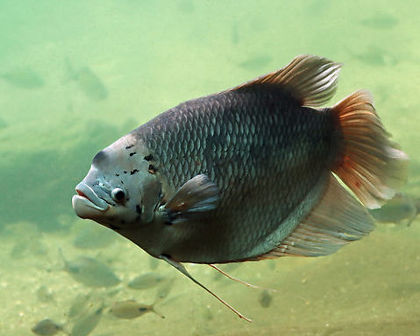
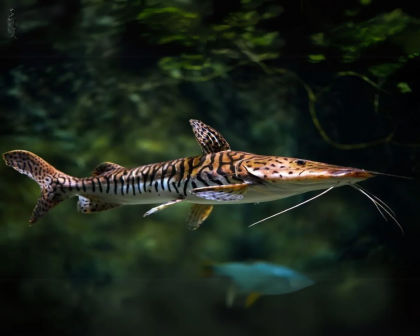
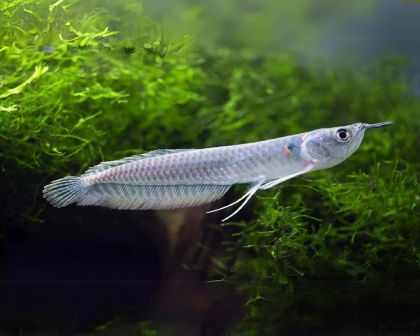
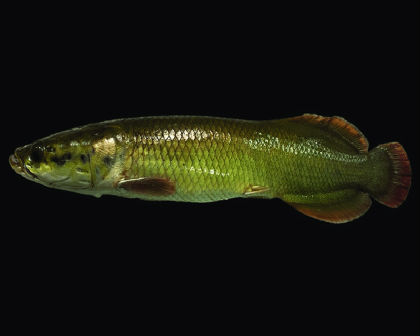
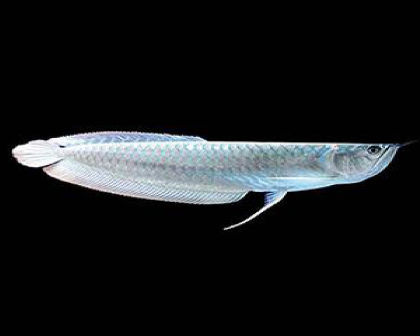
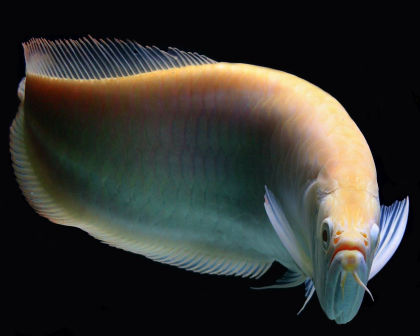
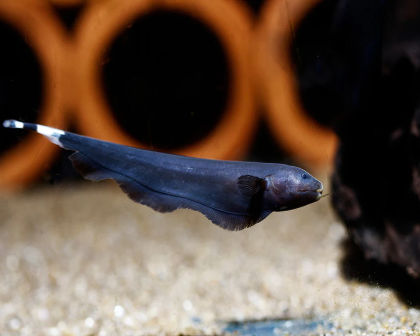
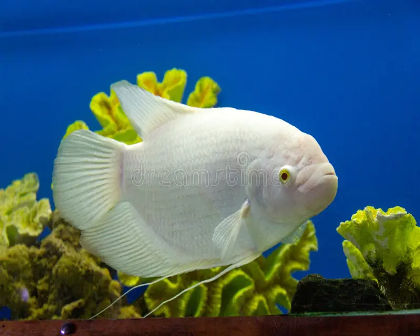
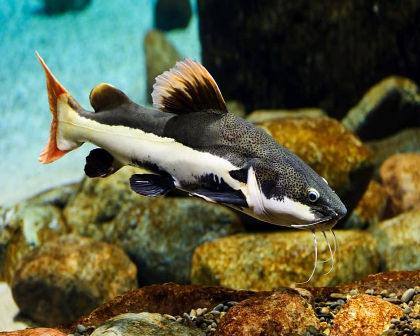
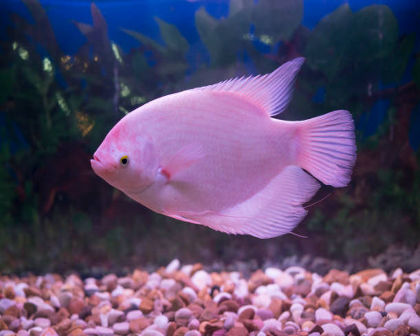
 No products in the cart.
No products in the cart.
Reviews
There are no reviews yet.